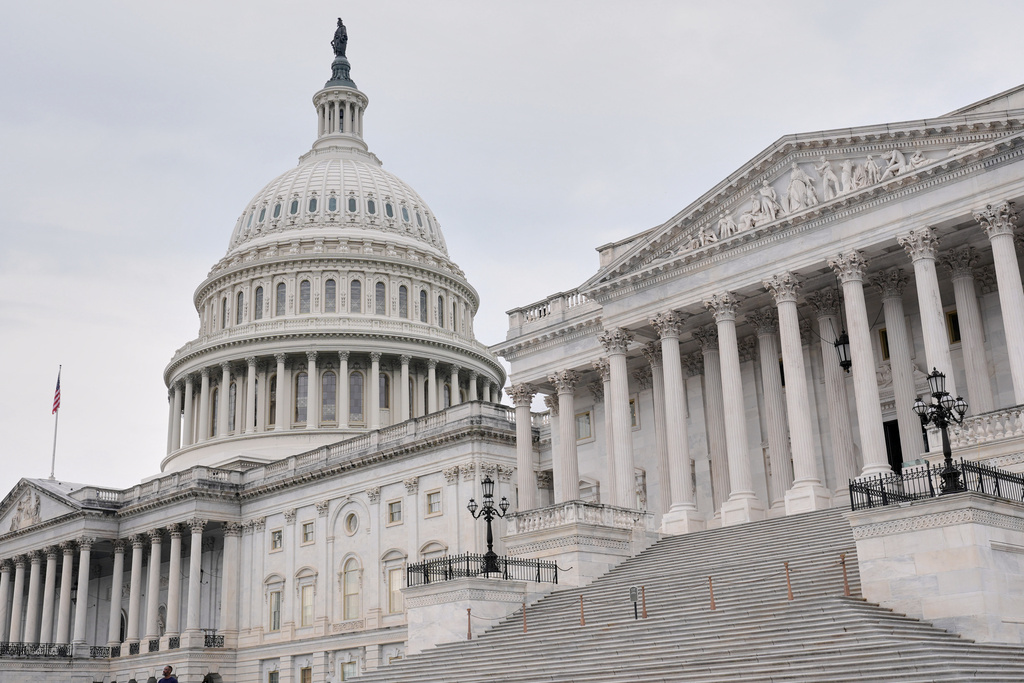International trade isn't easy. It takes tons of cooperation and agreements. And sometimes, it gets complicated and messed up by our old friend tariffs.
A tariff is basically a tax thrown on something that's being imported. Say a company in Country A really wanted to sell shoes in Country B. Country B could throw a tariff on those sweet sneaks, meaning it would cost the company in Country A more money to sell them.
There are essentially two types of tariffs: specific and ad valorem. The latter is a flat tax on one unit of some imported good, like a $300 tariff on each bushel of wheat.
Ad valorem, which means "according to value" in Latin, is a tax based on the percentage of that good's value. So if there's a 15 percent tariff on a type of car, the money that tariff is bringing in would rise and fall with the car's market price, but the percentage would stay the same.
Tariffs are one of the oldest aspects of trade. Rewind back to the 1700s, and they were a pretty normal way to raise revenue during the mercantilism days of trading.
And for years, the U.S. raised most of the government's money by using tariffs. That lasted up until 1913, when the 16th Amendment created income tax and Uncle Sam starting getting money out of our paychecks.
There are myriad reasons countries use tariffs. They used to be mostly about raising revenue, but thanks to free trade agreements, that happens less often.
Nowadays, tariffs can be implemented to protect domestic companies from worldwide competition, to protect consumers, for national security reasons, or in retaliation for the actions of another country. But using tariffs comes with a risk: If two countries start slapping punitive tariffs on each other, it could spark a tit-for-tat trade war, which almost no one wants.




 Trump To Double Steel And Aluminum Tariffs On Turkey
Trump To Double Steel And Aluminum Tariffs On Turkey






